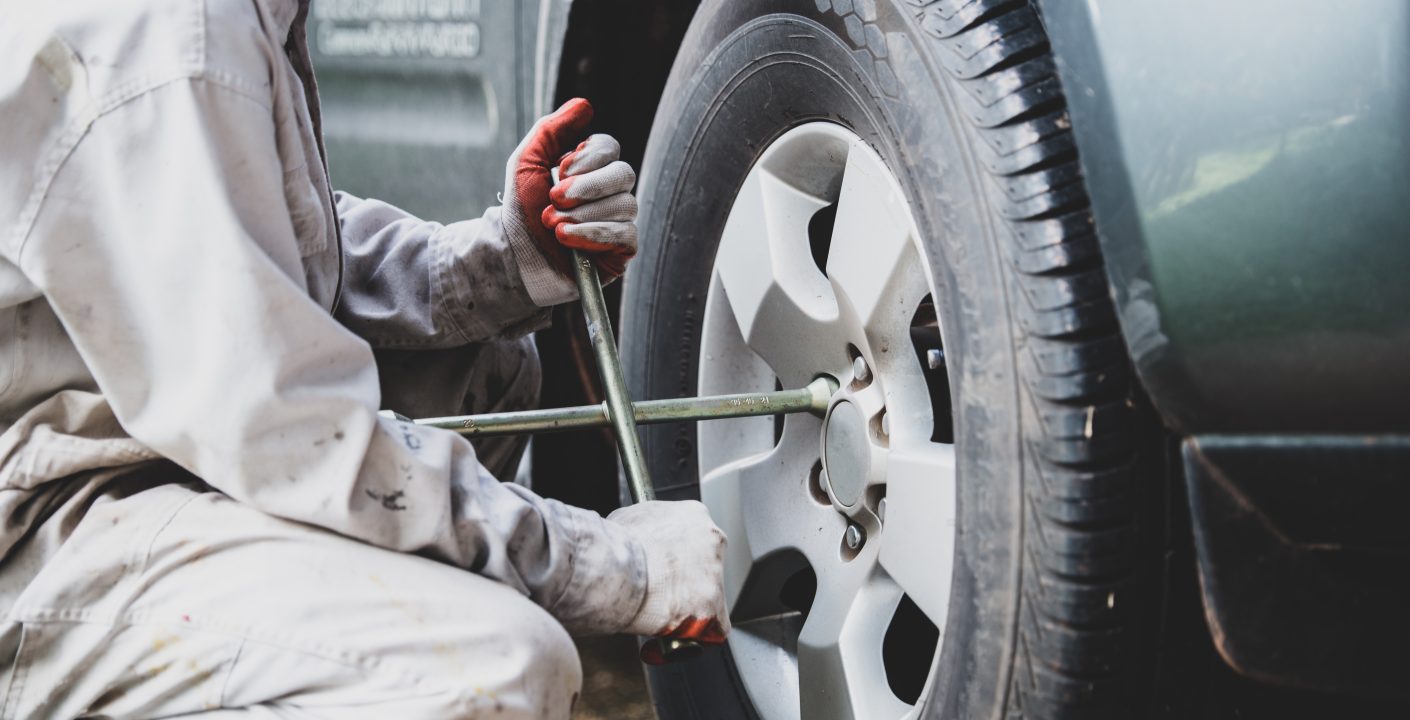Tire deflation is a frustrating issue that many drivers experience. Not only does it affect the overall performance of your vehicle, but frequent tire deflation can also lead to costly repairs and even dangerous situations on the road. If you’re finding yourself dealing with this issue, it’s essential to understand the possible causes and how to prevent them. Let’s explore the reasons behind frequent tire deflation and what you can do about it.
1. Punctures and Sharp Objects
One of the most common reasons for frequent tire deflation is punctures caused by sharp objects like nails, glass, or debris on the road. Even the smallest puncture can result in a slow leak that causes the tire to deflate over time.
Solution: Regularly inspect your tires for foreign objects. If you notice a small nail or piece of debris lodged in the tire, visit a repair shop as soon as possible. Most small punctures can be patched or repaired before they become major problems.
2. Faulty or Damaged Valve Stem
The valve stem is the small protrusion on your tire where you fill it with air. Over time, the valve stem can wear out or become damaged due to exposure to dirt, debris, or even cold temperatures. A faulty valve stem can allow air to escape from the tire slowly, leading to deflation.
Solution: Replace worn or damaged valve stems. This is a quick and inexpensive fix that can be done at any tire shop or during routine tire maintenance.
3. Leaking Tire Bead
The tire bead is the edge of the tire that sits on the rim of your wheel. If the bead isn’t sealed properly, air can escape from this area, causing your tire to deflate. This problem can occur due to corrosion or improper installation.
Solution: Have a professional check for bead leaks. In some cases, cleaning the rim or reseating the tire can fix the issue. If the bead is damaged, the tire may need to be replaced.
4. Extreme Temperature Changes
Fluctuating temperatures can cause tire deflation due to the way air expands and contracts. In colder temperatures, the air inside your tire contracts, leading to a drop in pressure. This can cause frequent deflation, especially if you’re driving in a climate with drastic seasonal changes.
Solution: Monitor your tire pressure more frequently in the winter months or during significant temperature swings. It’s important to maintain the correct pressure as recommended by the vehicle manufacturer to ensure optimal tire performance.
5. Damaged or Bent Rims
A damaged or bent rim can create an imperfect seal between the tire and the wheel, causing air to leak out. Hitting a pothole or curb can result in a bent rim, which leads to frequent tire deflation.
Solution: Inspect your rims for any visible damage, especially after hitting a pothole or driving on rough terrain. In many cases, a bent rim can be repaired, but sometimes replacement is necessary.
6. Tire Age and Wear
As tires age, they naturally become more susceptible to leaks and deflation. Worn-out tires with cracks in the sidewall or tread separation can cause air to escape more easily, leading to frequent deflation.
Solution: Replace tires that are worn or beyond their recommended lifespan. Regularly check for signs of wear, such as uneven tread or cracking in the rubber. Replacing old tires will not only prevent deflation but also improve the overall safety and performance of your vehicle.
7. Improper Tire Installation
If your tires were not installed correctly, it could result in air leaks. Improperly seated tires or a poorly balanced wheel can create gaps between the tire and the rim, causing slow air loss.
Solution: Always have your tires installed by a professional. Ensure they are balanced correctly and seated properly on the rims. If you notice frequent deflation soon after getting new tires, return to the installer for a check-up.
8. Tire Damage from Overinflation or Underinflation
Tires that are overinflated or underinflated can lead to premature wear and increase the likelihood of deflation. Overinflation can cause the tire to bulge, making it more susceptible to punctures, while underinflation can cause the tire to flex excessively, leading to leaks or blowouts.
Solution: Regularly check and maintain the correct tire pressure using a tire pressure gauge. Adhering to the manufacturer’s recommended pressure can prolong the life of your tires and reduce the risk of deflation.
Frequent tire deflation is not only an inconvenience but can also be a sign of underlying issues that need attention. Whether it’s due to punctures, faulty valve stems, bead leaks, or extreme weather, understanding the causes can help you take action before the situation worsens. Regular maintenance, including tire pressure checks and inspections, can save you from the hassle of constant deflation and help keep you safe on the road.
By staying proactive and addressing these common causes, you can enjoy a smoother, safer driving experience and extend the life of your tires.



